I spent much of my time in Britain, in the latter half of the 1990s, hoisting kegs of real ale about, and then, wincing with trepidation (having witnessed the explosive consequences of any number of possible preparatory missteps), thwacking tiny taps into them with a large rubber mallet.
Despite their close association with what, being a sensitive soul, I regarded as back-breaking labor, and the somewhat trauma-inducing element of suspense involved in their procurement, I learned, over time, to love the occasionally eccentric contents of these metallic bêtes noires. Combining a professional desire to monitor each keg for optimal freshness, with a less conscientious intention to subsidize my pint-sized pay packet, I guzzled gallons of the stuff.
Having willingly sacrificed my youthful tastebuds (and sobriety) to such a distinctly British cloud of fruity and leathery fumes, I thought that my new life in Japan would be spent joylessly sipping insipid yellow lager while dreaming of the nut-brown and nutrient-packed ales that I had left behind in merry old England. How wrong I was.
Your Round of Japanese Beer
Probably introduced to these islands by Dutch traders in the 17th Century, beer made slow progress toward the ubiquity that it enjoys today as the the favorite (alcoholic) beverage of a country that can certainly be said to enjoy a tipple. Commodore Perry’s gunboat diplomacy, which led to the signing of the Treaty of Kanagawa in 1854, not only opened Japan to the world, but also brought American beer to a grateful nation, with its very first review, offered by an evenhanded Japanese official, describing the taste of Perry’s gift as “bitter horse piss.”
The wide-ranging reforms of the Meiji era brought, along with everything else western (for better or worse), not just more, and hopefully better received, beers, but also brewers and their essential know-how. This overseas expertise was paired with local innovation, giving rise to a mega-industry that continues to have (for better or worse) a significant impact on the everyday life of the country, with brewers in 2022 producing over 2 million kiloliters of Japanese lager beer in all its fresh crisp perfection.
Thirst-Quenching Quartet
“A Coke is a Coke and no amount of money can get you a better Coke than the one the bum on the corner is drinking. All the Cokes are the same and all the Cokes are good.”
– Andy Warhol, The Philosophy of Andy Warhol (From A to B and Back Again)
Warhol’s rosy-but-astute observation about the leveling potential of perfected mass-production applies neatly to the world of Japanese beer, where despite conspicuous differences in the surrounding decor, drinking vessel, and (most definitely) the cost, the beer you enjoy in an upscale eatery or a shitamachi izakaya, is likely to be one and the same. Wherever it is served this golden elixir, and free-flowing social lubricant, somehow equally suited to all seasons, dishes, and occasions, is, with very few exceptions, a product of Japan’s fab-four brewing behemoths.
Asahi アサヒ
Asahi’s long and innovative history began in Osaka in 1889 and takes in a multitude of firsts, including the creation of Japan’s first beer hall and its first unpasteurized bottled beer. 1958 saw the launch of Asahi Gold, Japan’s first canned beer; a breakthrough that came into its own a little over a decade later when the 1969 birth of the konbini created the perfect conditions for a mercury-lit street-drinking culture that still draws shallow-pocketed epicureans like moths to a flame.
In 1987, with the creation of Super Dry, Asahi had its pièce de résistance, a gluggable masterpiece nearly a century in the making. The beer’s success led to the amusingly-named ‘Dry Wars’, as competitors tried, and failed, to match its moreish ‘karakuchi’ taste.
Kirin キリン
Originating from pioneering Norwegian-American brewer William Copeland’s 1869 Yokohama-based Spring Valley Brewery, the Kirin Brewery was established in 1907. Produced with methods closely tied to European traditions, the rich (but not too rich), sweet (but not too sweet), readily-identifiable flavors of both Kirin Lager and Ichiban Shibori (brewed with 100% first-pressing malt content), are widely considered to be an ideal accompaniment to Japanese cuisine.
The mythical unicorn-style creature that prances ornately across the company’s stylish branding is said to be a messenger of good fortune that brings peace and tranquility; qualities that it may or may not share with the actor Harrison Ford, who represented the brand across a series of 1990s commercials that he’s probably still drinking to forget.
Sapporo サッポロ
Known for its striking Pole Star emblem, most commonly seen on the company’s refreshing and aromatic Black Label beer, Sapporo, Japan’s oldest existing beer brand, was founded in Hokkaido in 1876 under the watchful eye of German-trained brewmaster Seibei Nakagawa. The company is now headquartered in Ebisu, Tokyo, an area named for the Yebisu beer, (now owned by Sapporo) that was brewed there since 1890.
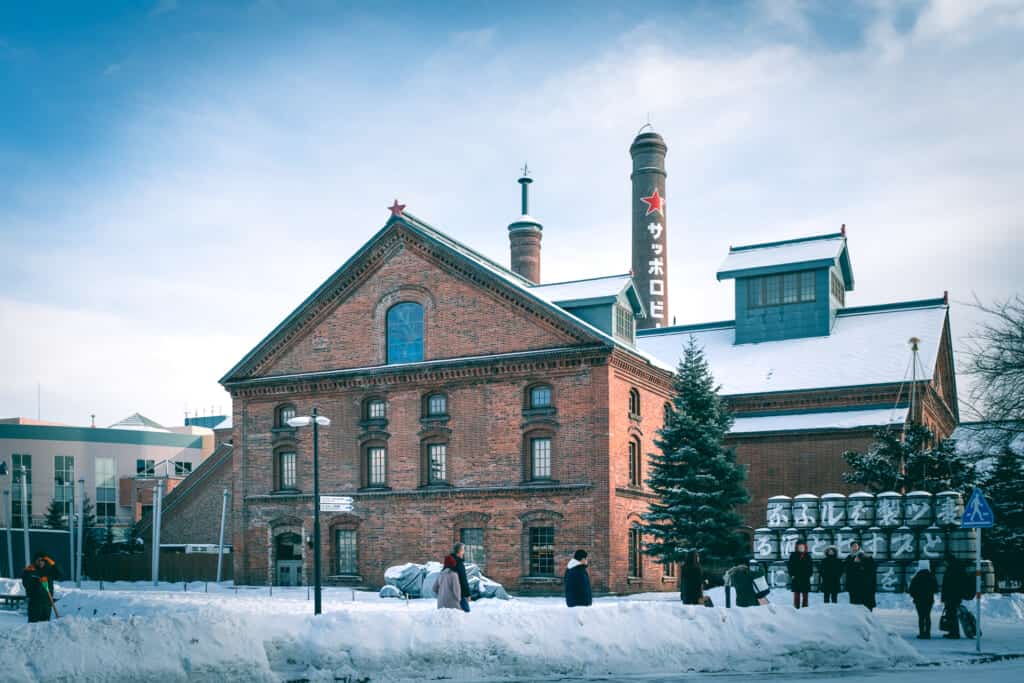
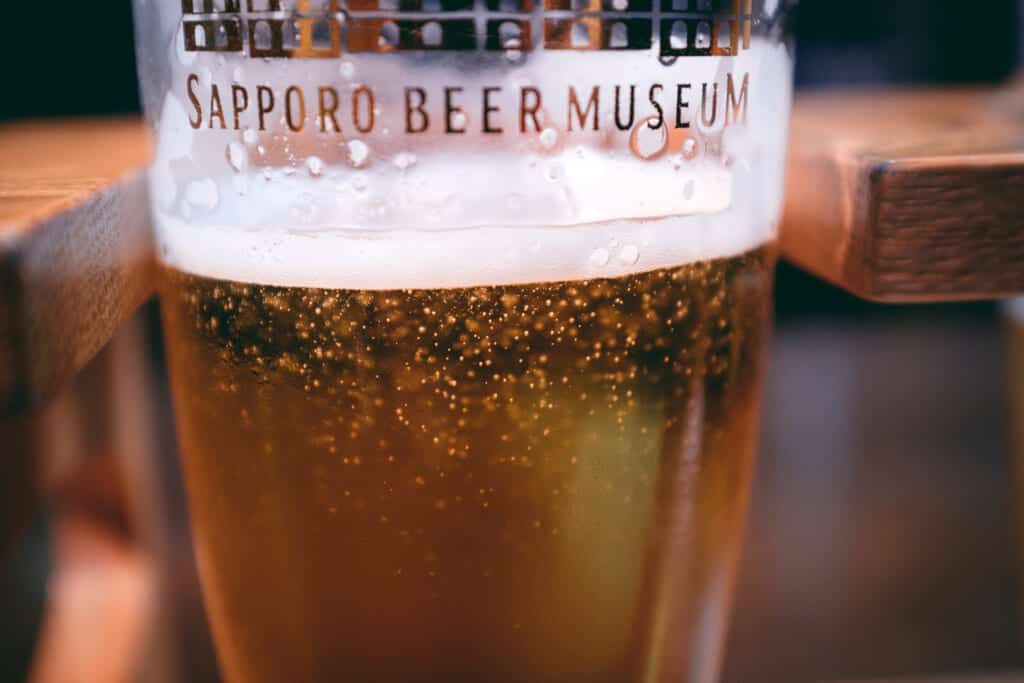
The slightly-fancy-seeming all-malt Yebisu, which, with admirable bling, comes in a desirable gold can, has a deep creaminess and richness that sets it apart from its (arguably) more refreshing rivals, and makes it perhaps the most divisive of the everyday beers of this great beer-drinking nation. In the words of Miss Brodie, “For those who like that sort of thing, that is the sort of thing they like.”
Suntory サントリー
Started in Osaka in 1899 by Shinjiro Torii, a dealer in imported wines, the Suntory of today produces a multitude of big-ticket beverage brands ranging from Boss coffee to the prestigious Yamazaki whisky. The company’s current flagship beer, The Premium Malts, at just over twenty years old, is something of an upstart, with a floral and long-lingering flavor that shows it is not afraid to go against the grain.
A highly successful marketing push has seen the youthful brew become a pervasive presence across many izakaya chains, pleasing many, but leaving others longing for the less complex, but time-tested, refreshment offered by the country’s more venerable lager beers.
Time at the Bar with Japanese Beer
Travel having broadened what’s left of my mind, I wonder now if there is any beer more satisfying than a crisp and clean Japanese lager, served in a glass taken straight from the freezer, and enjoyed in a cheery lantern-lit izakaya. There is much to be said for the British pub, or at least some of the ones I remember; rendered unrevisitable now by their place in time, much more than their distant location. I’d go back if I could, but I wouldn’t return, by choice, to the ales of my youth. Particularly the ones that were placed under my own sozzled supervision.
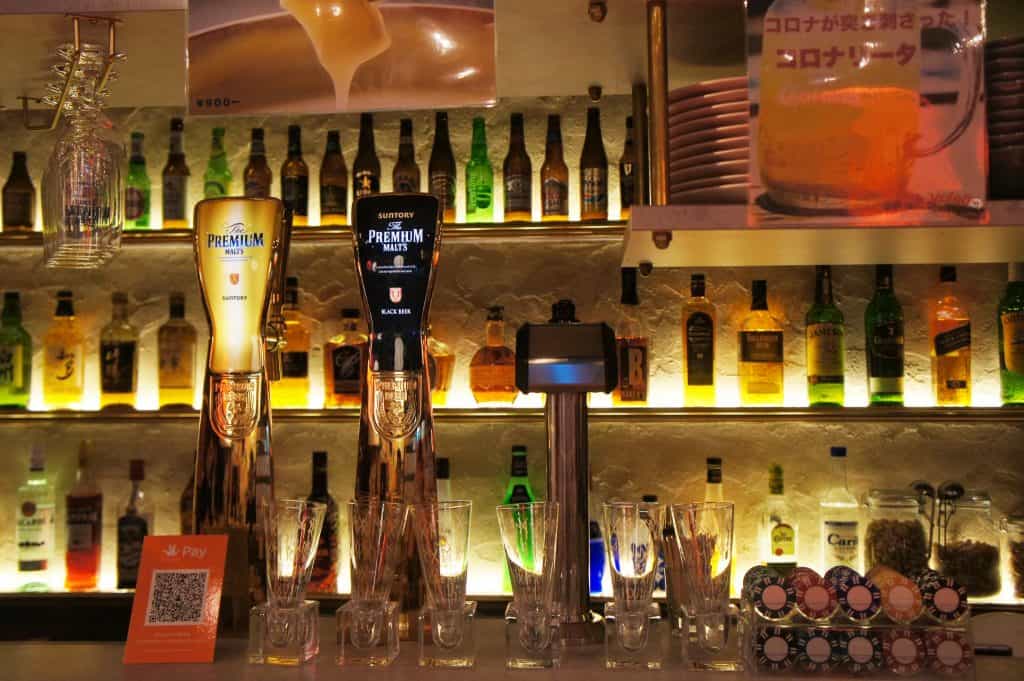
Voyapon Note: Japan also has a thriving craft beer industry that deserves your attention so look out for names like Baird, Swan Lake, Brimmer Brewing, Fujizakura, Minoh and Kyoto Brewing.


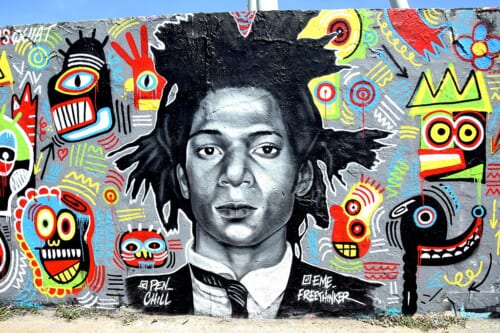
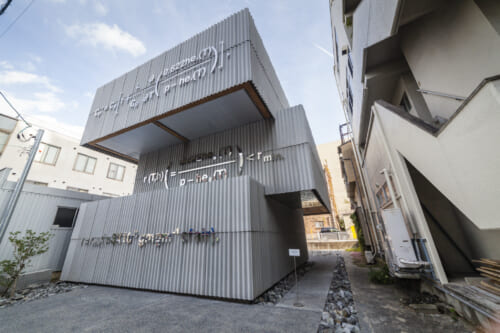
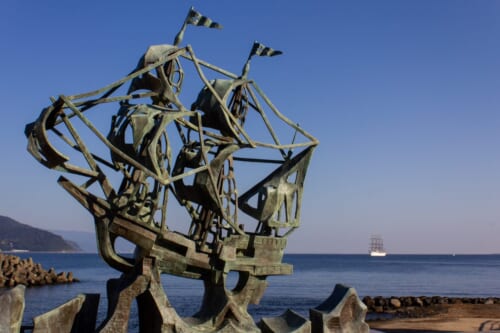
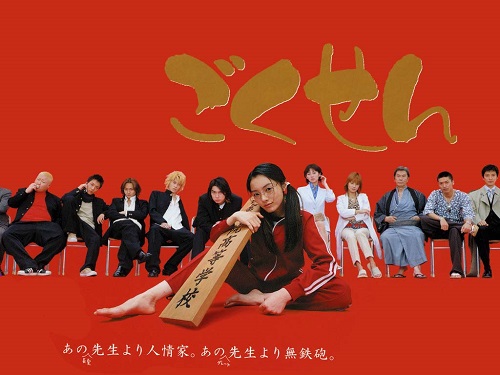
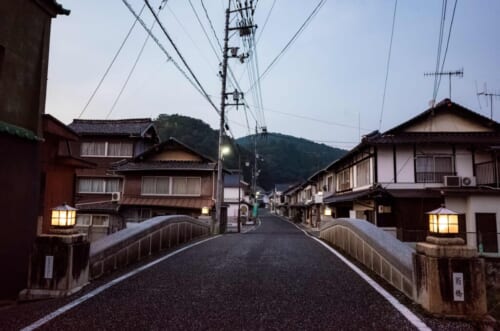
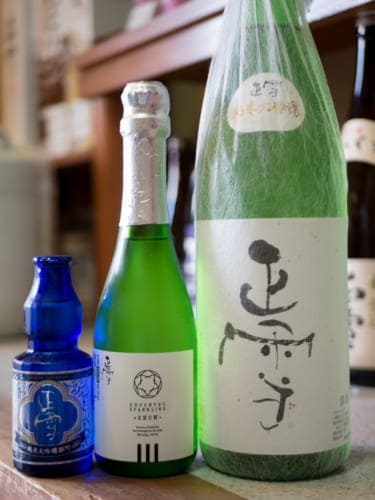



No Comments yet!